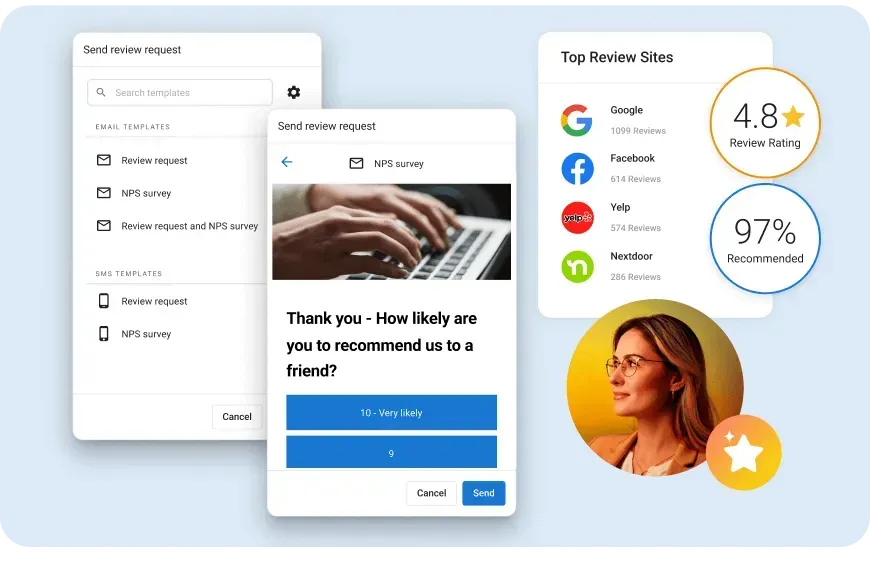SETTING SMART GOALS

Your Digital Marketing and Content SMART goals should be targets that you aim to achieve over a set period of time. These goals, much like your other business goals, should be put together to ensure they’re achievable and realistic.
What is a SMART goal?
The "SMART" acronym stands for Specific, Measurable, Attainable, Relevant, and Time-bound. Each SMART goal you create should have these five characteristics to help you make content goals that are designed to be achieved successfully. If your goals are too abstract or if you don't set a realistic deadline to complete your SMART goal, you may fall short of what you want to accomplish with your digital marketing content marketing strategy.
How to make your SMART goal
- Use specific wording
It’s important to make sure your SMART goal is specific. This means there needs to be a destination you are aiming to get to. “Sharing better content” isn’t a SMART goal because it is too abstract and broad. Instead, ask yourself why your content is getting better. How will you be sharing this content and what do you want to gain from sharing it? For example, “blog traffic will increase from Facebook posts.”
- Make sure goals are measurable
SMART goals should be measurable so you can track and quantify the goal's progress. Let’s go back to our specific goal of “blog traffic will increase from Facebook posts.” To make this SMART goal measurable, you need to set yourself a target. How much traffic should you be aiming for? Remember that you need to be realistic here. For example, “increase blog traffic by 5 per cent from Facebook posts.”
- Are your goals realistic and attainable?
To create an attainable SMART goal, you need to consider your ability to achieve it. If we look at our previous SMART goal example, you’ll need to make sure that the percentage of increase is realistic and attainable for your business. So, if your blog traffic increased by 5 per cent last month, you might want to try and increase it by 10 per cent this month. You need to base your goals off your own analytics and not industry benchmarks so you can accurately measure their success and achieve those goals.
- Pick goals that are relevant and relate to your business
If you create SMART goals that are relevant to your company's overall business goals, they will account for current trends in your industry. If you do grow traffic to your blog from your Facebook posts, will this lead to more revenue? And is it going to be possible for you to significantly work this SMART goal into your current email marketing campaigns?
- Include a deadline
Including a deadline in your SMART goal helps to keep you on track to achieving in. You don’t want your goal to take too long, but it needs to be long enough to measure its success properly. This will also help you make consistent and significant progress in the long term. For example, the previous SMART goal “increase blog traffic by 5 per cent from Facebook posts” would become something similar to “increase blog traffic by 5 per cent per month from Facebook posts in the next six months.”
Now that you know how to create a content SMART goal, it’s time to do just that.
Remember that your goals need to align with both your business goals and your overall marketing strategy. They should be designed to support and help achieve your overall marketing goals.


























